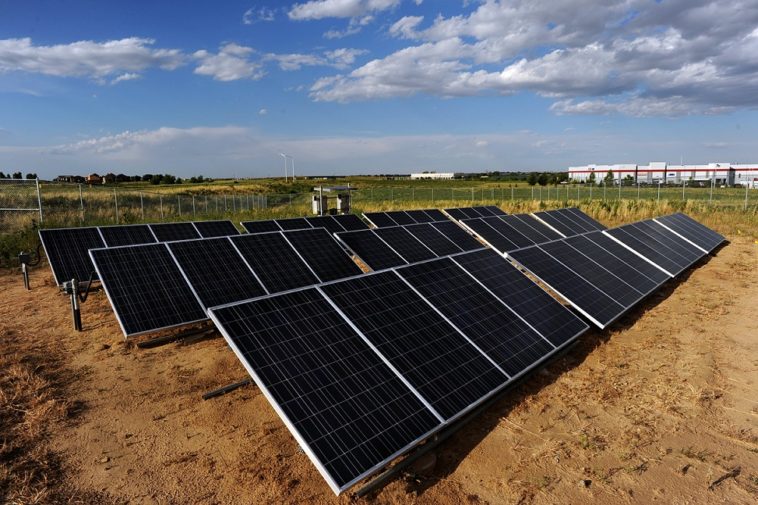Under a newly-issued request for proposals (RFP), Platte River Power authority, which serves municipal utilities in Estes Park, Fort Collins, Longmont and Loveland in Colorado, is seeking to add 150 MW of solar generation. The RFP calls for the projects to be completed by Dec. 31, 2023, which, as we all know, is the last day to have a project qualify at all for the declining federal Investment Tax Credit. Because of this deadline, Platte River is asking that proposals be submitted by October 25th, giving those interested just 18 m0re days.
The new generation will be a huge boost to Platte River’s generation capacity, which sits at just 30 MW of solar currently from the Rawhide Flats Solar Project, though that project is set to get a 22 MW upgrade.
Under the terms of the RFP, Platte River will purchase the energy generated by the plant under a 15- to 25-year power purchase agreement (PPA). In terms of PPAs as of late, that’s on the longer side, but not absurdly long.
The project will also help to balance Platte River’s entire generation portfolio, which is currently comprised of 431 MW of coal, 388 MW of natural gas, 90 MW of hydropower, 78 MW of wind and the aforementioned 30 MW of solar.
This RFP is part of a newfound commitment to renewables from Platte River, as the company is also planning to add 225 MW of new wind power in southern Wyoming, which would bring the company’s total renewable energy genration portfolio to 595 MW (303 MW wind, 202 MW solar, 90 MW hydro), finally overshadowing coal capacity.
Unfortunately, we will not be playing the exponential capacity game today, though that’s actually a fact for the better, as these 150 MW will be adding to Colorado’s already strong solar portfolio of nearly 1.27 GW, good for 12th in the nation. The state also gets a reported 3.04% of its electricity fro m solar generation, which is higher than the national average, which is somewhere in the 2.3-2.4% ballpark.
This increased commitment to renewable by Platte River could be a sign pointing towards a shift away from coal, but if so, it won’t be anytime soon. Renewables aren’t set to overtake coal in terms of generation capacity until 2025 at the earliest and even then more genration will need to be added to replace coal.
This content is protected by copyright and may not be reused. If you want to cooperate with us and would like to reuse some of our content, please contact: editors@pv-magazine.com.









I wonder how much of this is economics and how much is a push from customers and the Colorado state government. I’m hoping that more of the utilities here in Colorado get pushed into accepting the future. Maybe Guzman Energy can jump in here and help them go all RE in 5-6 years.
It’s both. The member communities that own PRPA set a goal of 100% non-carbon electricity by 2030, and PRPA is onboard with that plan, although there are a number of caveats involved (development of a regional market, lower battery cost, and so on). But, yes indeed, that 225MW wind project is very economically priced, and I would expect the same for utility-scale solar!
Thanks Nick. I wasn’t aware of the 100%/2030 for PRPA. As a Colorado resident I am happy when any solar/wind gets installed here and takes away FF generation. I also realize that both are more economical than FF.